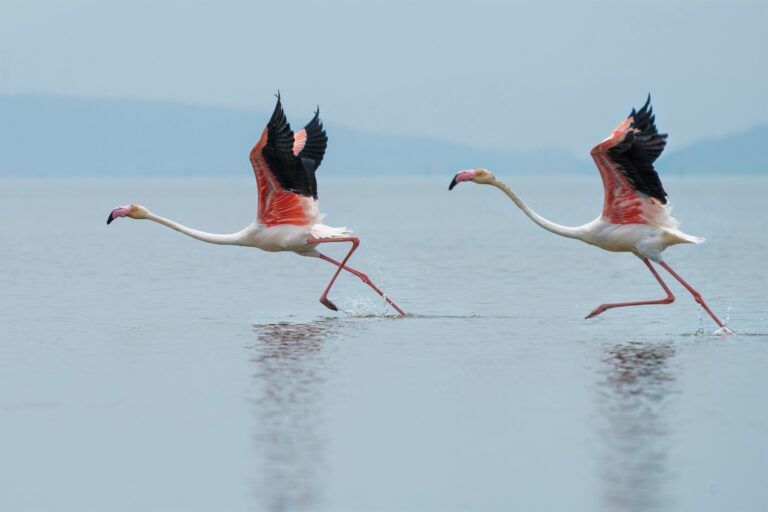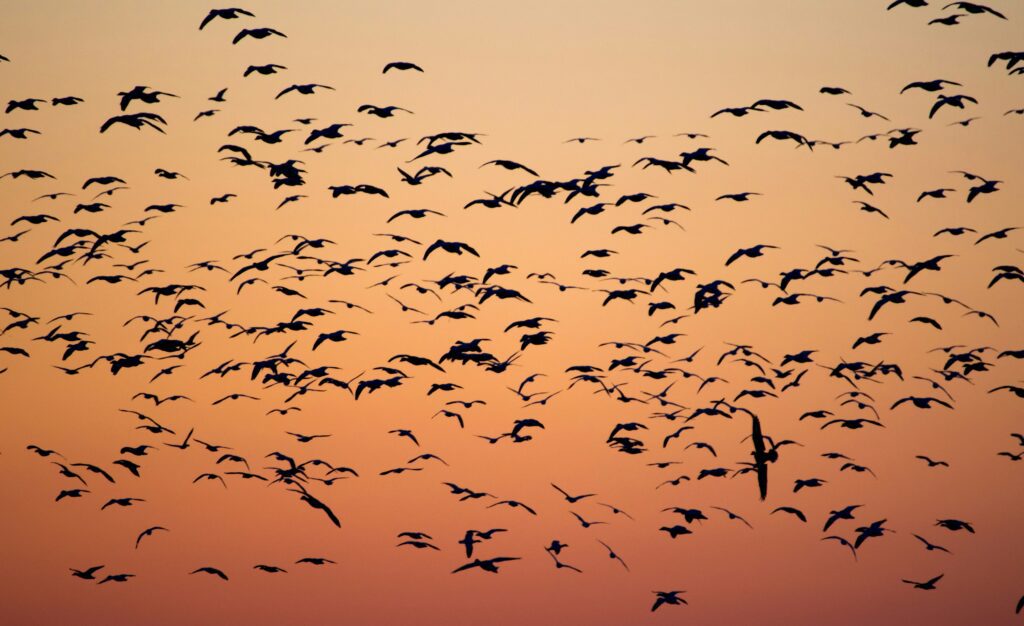Every year, millions of birds embark on extraordinary journeys spanning thousands of miles, traversing continents, oceans, and diverse landscapes. This phenomenon of bird migration captivates scientists and nature enthusiasts alike, offering a glimpse into the remarkable adaptations and survival strategies of these avian travelers. From the Arctic tern’s epic migration from pole to pole to the humble songbird’s seasonal journey, the world of migratory birds is filled with awe-inspiring tales of endurance, navigation, and resilience. In this article, we delve into the incredible journeys of migratory birds, exploring the intricacies of their migrations from land to sea and back again.
The Phenomenon of Bird Migration
Definition and Importance
Bird migration refers to the seasonal movement of birds from one region to another, typically over long distances. This natural phenomenon occurs in response to changes in resource availability, weather patterns, and breeding requirements. Migration is a crucial aspect of avian biology, impacting ecosystems, biodiversity, and even human societies.
Migration serves several vital purposes in the life cycle of birds. Primarily, it allows them to exploit seasonal resources efficiently. For example, many birds migrate to warmer regions during winter to avoid harsh conditions and scarcity of food. Conversely, they return to breeding grounds during spring and summer to take advantage of abundant resources for nesting and raising offspring.
The importance of bird migration extends beyond individual species. It contributes to the functioning of ecosystems by facilitating the dispersal of seeds and nutrients, controlling pest populations, and influencing plant pollination. Moreover, migratory birds serve as indicators of environmental health, with declines in populations often signaling ecosystem disturbances or habitat degradation.
Understanding the mechanisms and patterns of bird migration is essential for conservation efforts. By identifying key migratory routes, stopover sites, and wintering grounds, conservationists can implement measures to protect critical habitats and mitigate threats such as habitat loss, pollution, and climate change.
Factors Influencing Migration
Various factors influence the timing, direction, and duration of bird migration. One primary driver is the changing seasons, particularly shifts in temperature and daylight hours. As days become shorter and temperatures drop, birds instinctively sense the need to migrate to more favorable climates.
Geographical features also play a crucial role in shaping migratory patterns. Natural barriers such as oceans, mountains, and deserts can funnel birds along specific routes, leading to concentrated movements known as flyways. Additionally, the availability of suitable habitat along migratory routes influences the locations of stopover sites where birds rest and refuel during their journey.
Environmental cues, including wind patterns, atmospheric pressure systems, and celestial navigation, help birds navigate accurately over long distances. Many species rely on landmarks, magnetic fields, and even the position of the sun and stars to orient themselves during migration.
Interactions with other species, such as competition for resources and predation risks, can also influence migratory behavior. Additionally, human activities, including urbanization, agriculture, and infrastructure development, pose significant challenges to migratory birds, leading to habitat fragmentation and disturbance along their routes.




